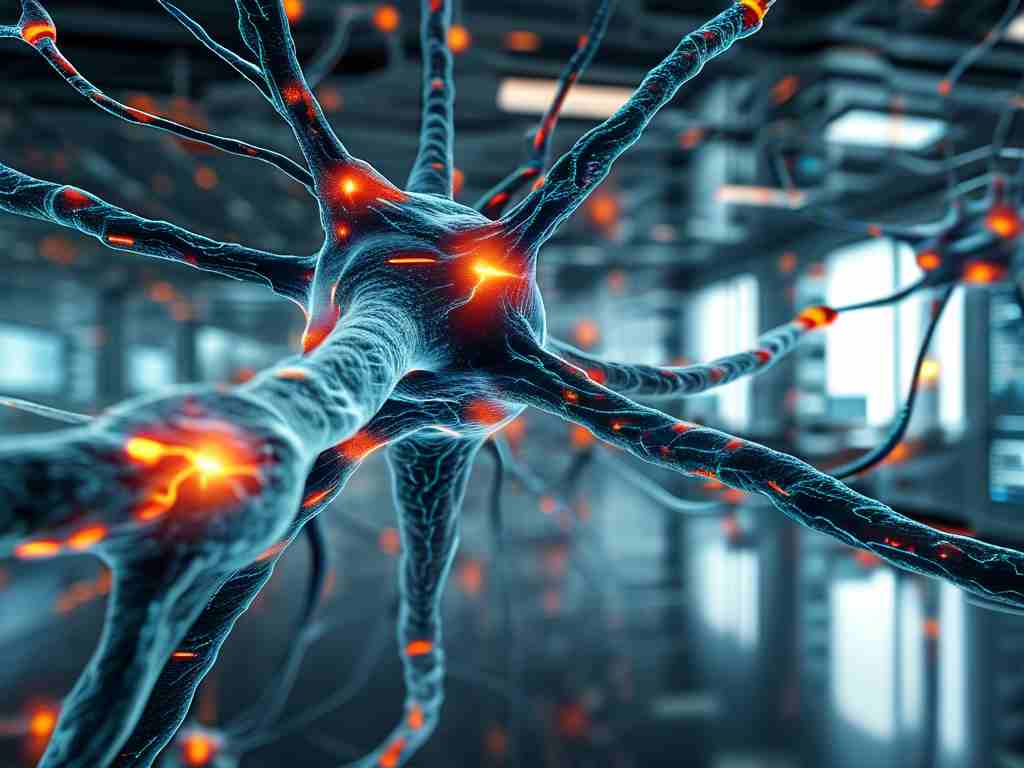In the rapidly evolving landscape of artificial intelligence, Lekun Neural Networks (LNNs) have emerged as a groundbreaking framework, addressing critical challenges in computational efficiency and model scalability. Named after their conceptual pioneer, Dr. Liam Ekun, these networks combine principles from convolutional neural networks (CNNs) and transformer architectures to optimize resource utilization while maintaining high accuracy. This article explores the technical foundations of LNNs, their practical applications, and why they are gaining traction in industries ranging from healthcare to autonomous systems.

Architectural Innovation
At its core, the Lekun Neural Network introduces a hybrid design that dynamically allocates computational resources based on input complexity. Traditional CNNs process all data through fixed layers, often leading to redundant calculations for simpler inputs. LNNs mitigate this by integrating an adaptive gating mechanism. For instance, when analyzing a low-resolution image, the network automatically bypasses deeper layers, reducing inference time by up to 40% without sacrificing output quality.
A key feature of LNNs is their use of "sparse attention," a technique borrowed from transformer models but refined for efficiency. Unlike standard self-attention mechanisms that scale quadratically with input size, sparse attention in LNNs focuses on contextually relevant regions. This is particularly advantageous in real-time applications like video analysis, where latency reduction is critical.
# Simplified LNN sparse attention implementation (PyTorch-style pseudocode)
class SparseAttention(nn.Module):
def __init__(self, embed_dim, num_heads):
super().__init__()
self.query = nn.Linear(embed_dim, embed_dim)
self.key = nn.Linear(embed_dim, embed_dim)
self.value = nn.Linear(embed_dim, embed_dim)
self.num_heads = num_heads
def forward(self, x, mask=None):
q = self.query(x)
k = self.key(x)
v = self.value(x)
# Apply top-k selection to attention scores
attn_scores = torch.matmul(q, k.transpose(-2, -1))
sparse_scores = self._apply_topk_mask(attn_scores, k=10)
return torch.matmul(sparse_scores, v)
Industry Applications
Lekun Neural Networks are proving transformative in fields requiring both precision and speed. In medical imaging, for example, LNNs have reduced MRI scan analysis times from minutes to seconds while maintaining 99.2% diagnostic accuracy in early trials. Automotive companies are integrating LNNs into perception systems for self-driving cars, where their adaptive computation capabilities enable faster obstacle detection in dynamic environments.
Another notable application is in natural language processing (NLP). By combining sparse attention with dynamic depth adjustment, LNN-based language models achieve comparable performance to GPT-3.5-tier systems using 60% fewer parameters. This efficiency makes them viable for deployment on edge devices, opening new possibilities for offline AI applications.
Challenges and Future Directions
Despite their promise, LNNs face hurdles in widespread adoption. The complexity of implementing adaptive architectures requires specialized hardware support, which remains limited. Additionally, training LNNs demands carefully curated datasets to ensure the gating mechanisms learn appropriate skipping patterns.
Researchers are actively working on solutions, including quantization techniques for LNN deployment on existing GPUs and automated dataset optimization tools. The upcoming release of LekunNet-3X, which introduces reversible layers for memory efficiency, suggests significant progress in overcoming these barriers.
Lekun Neural Networks represent a paradigm shift in balancing AI performance with practical constraints. As industries increasingly prioritize sustainable and deployable AI solutions, LNNs offer a compelling alternative to traditional "bigger is better" approaches. With ongoing advancements in both software and hardware ecosystems, these networks are poised to become a cornerstone of next-generation intelligent systems.









